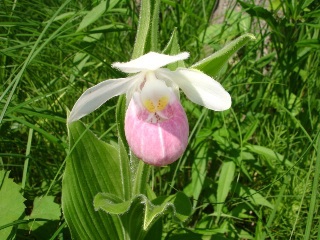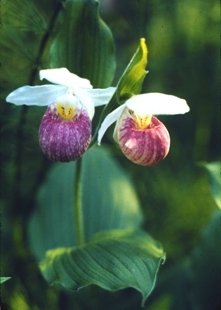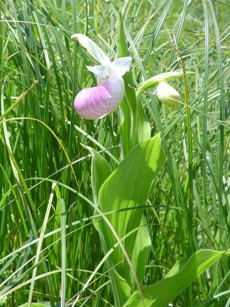There are times when the past collides with the present
and tonight was one such time. I was bored and boredom usually means hours in
front of the television set. I’m not proud to admit that I can be a couch
potato but for some reason this evening, I couldn’t pull myself away from the images
on the screen. After a run up and down the channels, I settled on axc.tv, a
music channel I normally don’t watch. But tonight, they were broadcasting a
2009 Paul McCartney concert. I grew up listening to the Beatles and had the
good fortune to see McCartney perform live at the Palace of Auburn Hills. The
playlist consisted of a combination of Wings and Beatles songs, from Blackbird to Band on the Run. I knew the words to every song and the melodies
flooded my mind with memories of days past.
With Paul singing in the background, I spotted a group of
young deer who had congregated in the backyard. Several of them were rooting
through the scattered corn and seeds on the ground; the remainder decided that
twilight was a good time for a game of tag. Up and down the hill they ran,
chasing each other over the brush piles, around the trees, bucking and rising
up on their back legs.
I was so captivated by these deer at play while listening
to music of my own youth. I was once like those young deer: so full of energy and fun. Despite the decades
that have passed from my life, I retain those memories of that young woman who
listened to Beatles records and played outside all summer, riding bikes with friends, climbing trees,
giggling over boys.
Somehow, I have forgotten what it is like to live every
day fully present and open to new opportunities. My life
has settled into a routine where consistency and predictability has replaced
the spontaneity of youth. Where did the
wide-eyed enthusiasm I once had go to? What happened to my curiosity, my
fearlessness, my desire to embrace everything that life had to offer?
I’m certain that it is still there, deep down inside, covered
over by years of responsibility. I just finished a book that spoke of
recapturing the joyfulness of youth that so often is stomped down by a society
that expects adults to become so serious. Where does it say that once you reach
a certain age, you can no longer dance, sing and giggle? Paul McCartney remains
timeless, because he continues to nurture that love of music that grew from his
early days with George, John and Ringo. Young deer become adults, but that
doesn’t prevent them from prancing around the yard. The last thing I expected
as I watched television tonight was an “aha” moment. What I do with that moment
is up to me.





 As I was motoring down M-28 headed for Marquette one early morning during the first few days of July, I noticed a clump of flowers right at the edge of the woods along a ditch. I could only think of one plant that would look like that during early summer, and I had not noticed them in the area before. I was alone on the road, so I made a U-turn and went back for a closer look. Wow, what beauty! My through-the-windshield identification had been correct. They were showy lady slippers, and in the early morning sun, they seemed almost unreal.
As I was motoring down M-28 headed for Marquette one early morning during the first few days of July, I noticed a clump of flowers right at the edge of the woods along a ditch. I could only think of one plant that would look like that during early summer, and I had not noticed them in the area before. I was alone on the road, so I made a U-turn and went back for a closer look. Wow, what beauty! My through-the-windshield identification had been correct. They were showy lady slippers, and in the early morning sun, they seemed almost unreal. Don’t expect to keep your feet dry if you approach blooming showy lady slipper flowers. The places where I have found them are all wet, in fact springy, with the water oozing up from beneath the surface, as it does in fens. Their habitats are good places to get mosquito-bitten most any time of the day when the plants are in bloom. My observations match well with the description of typical habitat that Fred Case, Jr. described in his book, “Orchids of the Western Great Lakes Region,” where he described the showy lady slipper as, “Essentially a moisture loving plant, it chooses the wettest open situations available.”
Don’t expect to keep your feet dry if you approach blooming showy lady slipper flowers. The places where I have found them are all wet, in fact springy, with the water oozing up from beneath the surface, as it does in fens. Their habitats are good places to get mosquito-bitten most any time of the day when the plants are in bloom. My observations match well with the description of typical habitat that Fred Case, Jr. described in his book, “Orchids of the Western Great Lakes Region,” where he described the showy lady slipper as, “Essentially a moisture loving plant, it chooses the wettest open situations available.” How can you help wildlife and their habitats in Michigan?
How can you help wildlife and their habitats in Michigan?